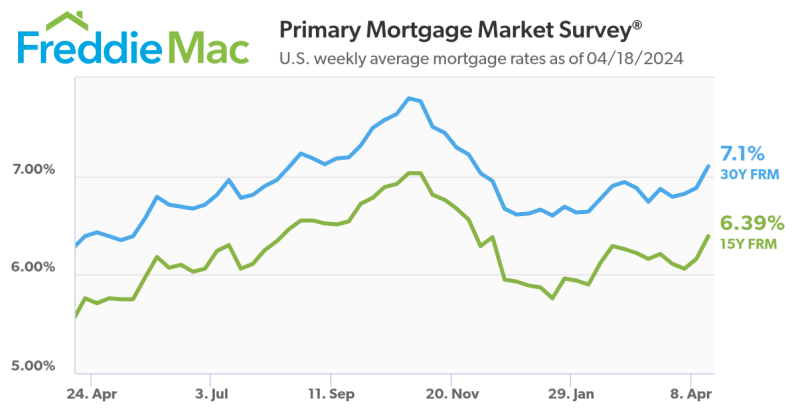Advertisement
CFPB Provides Guidance to Mortgage Servicers

The Consumer Financial Protection Bureau (CFPB) has outlined practices to provide mortgage servicers clarity, facilitate compliance and prevent harm to consumers during the transfer of residential mortgages.
As consumers do not have a choice with respect to the transfer of servicing, compliance with regulatory requirements is especially important in risk mitigation and preventing consumer harm. Examples of practices that servicers may consider as contributing to compliance include:
►Developing a servicing transfer plan that includes a communications plan, testing plan (for system conversion), a timeline with key milestones and an escalation plan for potential problems;
►Engaging in quality control work after a transfer of preliminary data to validate that the data on the transferee's system matches the data submitted by the transferor;
►Determining servicing responsibilities for legacy accounts including tax reporting, credit bureau reporting and other questions that may arise;
►Conducting a post-transfer review or de-brief to determine effectiveness of the transfer plan and whether any gaps have arisen that require resolution; and
►Monitoring consumer complaints and loss mitigation performance metrics. The CFPB emphasizes the importance of post-transfer monitoring to ensure that transferred data is complete, accurate and functional for the transferee.
Identifying any loans in default, active foreclosure and bankruptcy or any forbearance agreements entered in with the borrower. Where applicable include loss mitigation activity for each loan, including status and notes pertaining to the loss mitigation action.
►Developing a servicing transfer plan that includes a communications plan, testing plan (for system conversion), a timeline with key milestones and an escalation plan for potential problems;
►Engaging in quality control work after a transfer of preliminary data to validate that the data on the transferee's system matches the data submitted by the transferor;
►Determining servicing responsibilities for legacy accounts including tax reporting, credit bureau reporting and other questions that may arise;
►Conducting a post-transfer review or de-brief to determine effectiveness of the transfer plan and whether any gaps have arisen that require resolution; and
►Monitoring consumer complaints and loss mitigation performance metrics. The CFPB emphasizes the importance of post-transfer monitoring to ensure that transferred data is complete, accurate and functional for the transferee.
Identifying any loans in default, active foreclosure and bankruptcy or any forbearance agreements entered in with the borrower. Where applicable include loss mitigation activity for each loan, including status and notes pertaining to the loss mitigation action.
“Consumers should experience a seamless process when their mortgage servicer changes. The guidance we released will facilitate a well-functioning mortgage servicer transfer process, providing a roadmap for servicers that will prevent consumer harm,” said CFPB Director Kathleen L. Kraninger. “The guidance provides insights the CFPB has gained through years of supervisory and enforcement work to oversee compliance with regulations updated after the financial crisis.”
About the author





